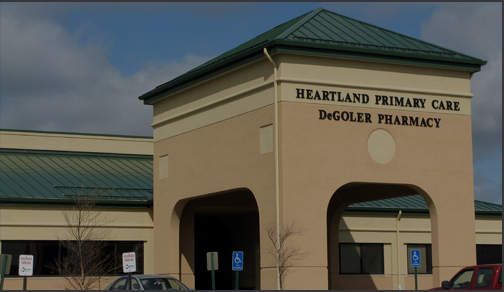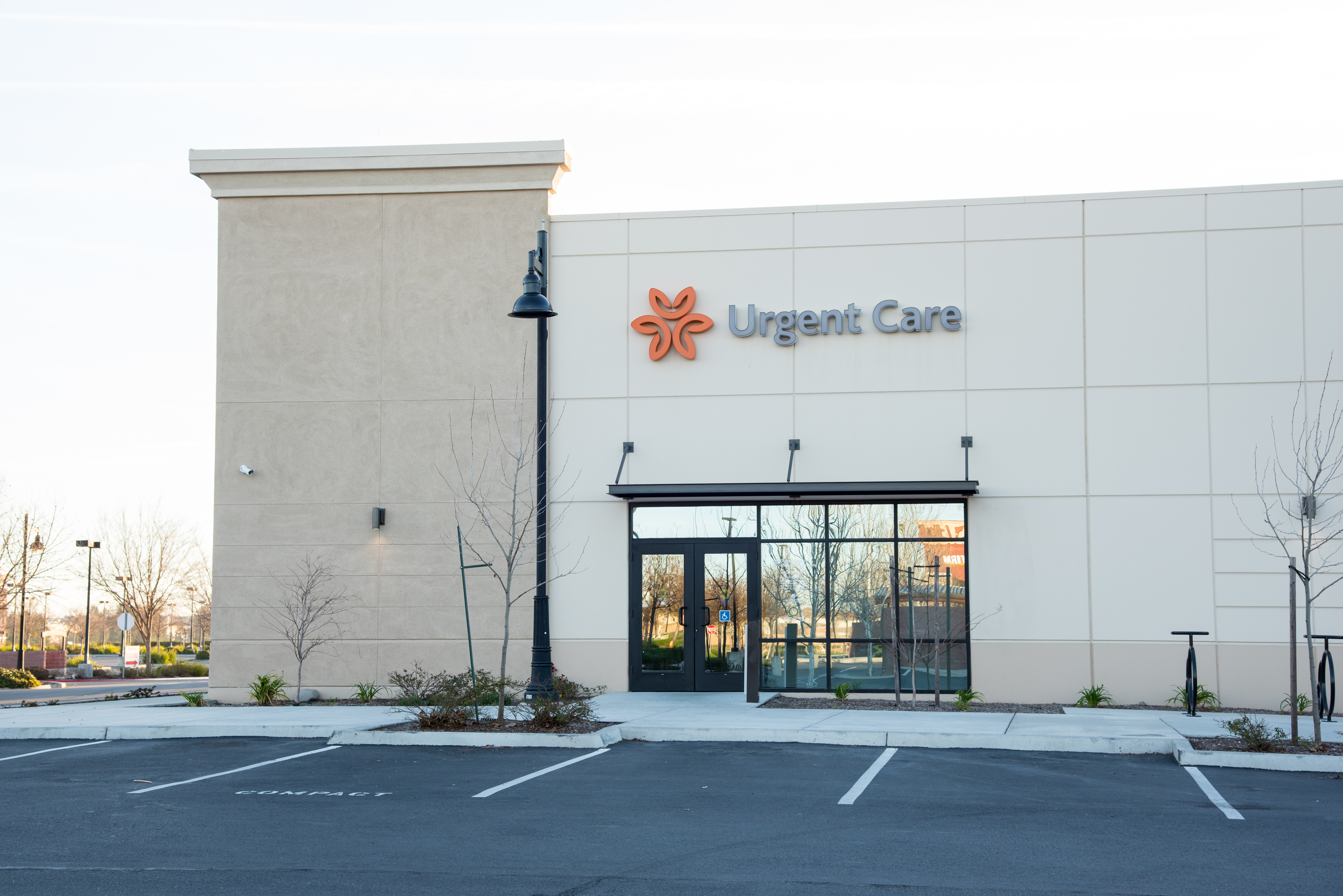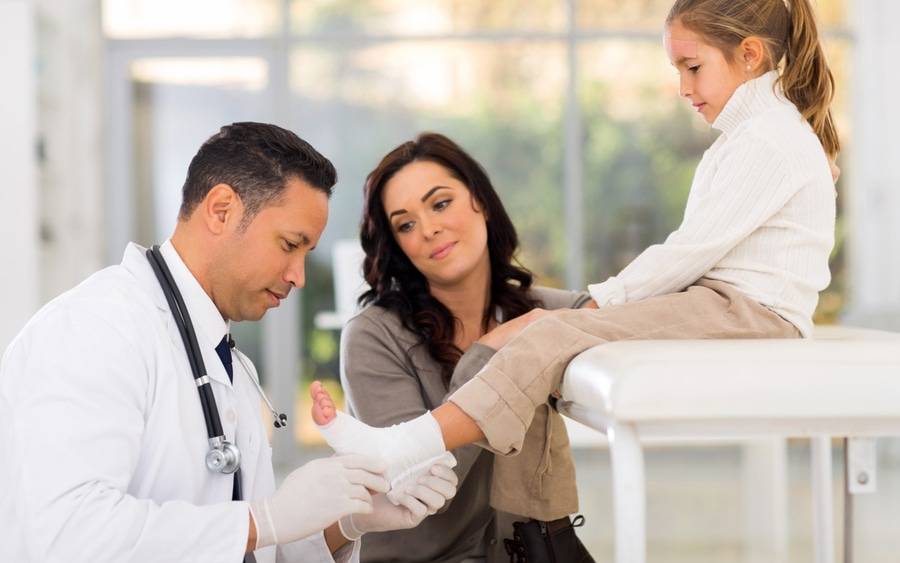How to Discover Trusted Urgent Care Clinics in Your Location
How to Discover Trusted Urgent Care Clinics in Your Location
Blog Article
Exactly How Urgent Care Clinics Enhance Access to Health Care for Sufferers With Immediate yet Non-Emergent Medical Demands
Immediate care centers have become a vital element in the medical care landscape, resolving the demands of individuals who need instant attention for non-emergent conditions. By operating outside of traditional office hours and offering a structured method to minor injuries and ailments, these centers not just lower the burden on emergency departments however also improve total patient access to timely care. As we take into consideration the ramifications of this design, it comes to be important to take a look at how urgent care facilities are transforming patient experiences and outcomes in ways that merit further expedition.
Role of Urgent Treatment Clinics
Urgent treatment centers play a vital function in the healthcare system by giving prompt and obtainable clinical solutions for non-life-threatening problems. These centers offer as a necessary bridge between main care service providers and emergency situation divisions, properly reducing the worry on healthcare facilities while ensuring clients get timely treatment. By operating prolonged hours, consisting of weekends and evenings, urgent treatment facilities satisfy individuals that might not have the flexibility to check out a traditional physician's workplace throughout conventional organization hours.
The spectrum of services supplied at urgent care clinics consists of treatment for small injuries, diseases, and analysis solutions such as X-rays and lab tests. This breadth of care permits individuals to deal with a selection of health problems without the long haul times commonly connected with emergency rooms. In addition, urgent treatment facilities usually employ a diverse team of healthcare professionals, including physicians, nurse professionals, and doctor assistants, who are equipped to take care of various clinical situations.
Advantages of Immediate Accessibility

In addition, instant gain access to lowers the burden on health care service providers and emergency situation departments by diverting much less crucial instances to suitable setups. This alleviates overcrowding in emergency clinic, permitting those with real emergency situations to receive the urgent treatment they require without unnecessary hold-ups.
Additionally, the convenience of extended hours and walk-in accessibility indicates that people can look for treatment without the demand for visits, which is particularly beneficial for people with unforeseeable schedules or those that may experience abrupt health and wellness concerns. - Urgent Care
The availability of urgent treatment clinics cultivates a positive strategy to health and wellness, motivating clients to look for medical advice and therapy sooner instead than later. This not only boosts individual complete satisfaction yet also advertises a culture of precautionary care, eventually leading to much healthier communities.
Contrast With Emergency Spaces
Frequently, patients discover themselves unsure whether to check out an immediate care center or an emergency area when confronted with a medical concern. Urgent Care. Recognizing the distinctions between these 2 healthcare options is crucial for making educated decisions. Urgent care centers are designed to attend to instant however non-emergent medical problems, such as minor injuries, infections, or illnesses. They generally run with extensive hours, including weekend breaks and nights, offering prompt gain access to for patients that may not need the comprehensive solutions of a medical facility.
On the other hand, emergency situation areas are equipped to manage Urgent Care deadly circumstances and extreme medical emergency situations, such as cardiovascular disease, strokes, or significant injury. These facilities use innovative diagnostic tools and expert appointments, which can try this web-site bring about much longer wait times for people with less essential concerns. Usually, emergency rooms tend to be much more costly than immediate care clinics, making urgent care a more cost-effective option for non-emergent requirements.
Inevitably, while both urgent treatment facilities and emergency clinic play important functions in the medical care system, understanding their particular features enables people to select the appropriate setup based on the seriousness and nature of their medical problems.
Services Used by Urgent Care
Urgent treatment centers give a broad selection of services customized to address non-emergent clinical demands, making them a practical alternative for clients looking for prompt interest. These centers are equipped to manage various conditions, consisting of small fractures, strains, and lacerations, which call for instant treatment but do not require emergency situation room treatment.
Additionally, urgent treatment clinics use diagnostic solutions such as X-rays and laboratory examinations, permitting quicker evaluation and therapy of health problems. Patients commonly present with common disorders like colds, flu, and infections, which can be successfully managed on-site. Additionally, immediate care centers frequently supply preventative services, consisting of inoculations and health testings, adding to general public health.
Another crucial service provided is the monitoring of chronic problems aggravated by acute signs and symptoms, such as asthma or diabetes mellitus, making sure people get prompt treatment without frustrating emergency services. Lots of clinics also expand their hours beyond typical workplace routines, boosting availability for clients that might need treatment during weekend breaks or evenings.
Improving Client End Results

Urgent treatment facilities are equipped to take care of a variety of non-emergent medical problems, consisting of small injuries, infections, and illnesses. Their concentrate on easily accessible, high-grade treatment enables individuals to receive proper treatments and preventative services, promoting better health and wellness administration. In addition, these facilities commonly employ a multidisciplinary strategy, incorporating different medical care experts to ensure thorough care.
Patient education and learning is also a crucial part of improving end results. Urgent care service providers frequently use advice on follow-up care, safety nets, and way of life alterations, empowering clients to take an energetic role in their health and wellness. The combination of immediate accessibility, specialist care, and individual education and learning not just boosts satisfaction but also leads to improved long-term health and wellness results, strengthening the worth of immediate treatment centers in the medical care continuum.
Final Thought
In summary, urgent treatment centers offer a vital function in boosting healthcare gain access to for people with prompt, non-emergent medical requirements. By offering timely services outside conventional office hours and reducing delay times, these facilities effectively reduce pressure on emergency clinic. The variety of services offered adds to boosted individual results, promoting aggressive wellness administration. Ultimately, immediate treatment facilities are important in bridging the void between health care and emergency services, making certain accessible and reliable health care for communities.
On average, emergency situation rooms have a tendency to be more costly than urgent treatment facilities, making urgent care an extra cost-effective choice for non-emergent demands. (Urgent Care)

Ultimately, immediate care facilities are essential in connecting the void between main treatment and emergency services, making certain accessible and reliable healthcare for neighborhoods.
Report this page